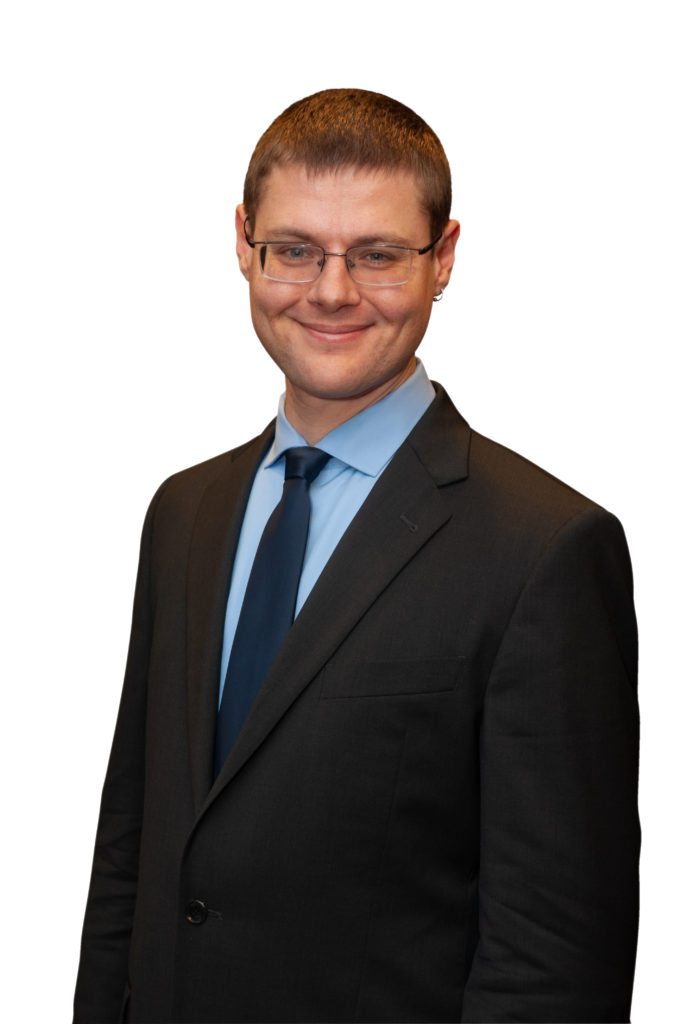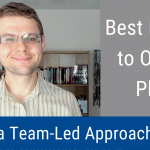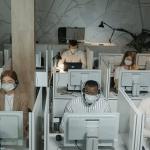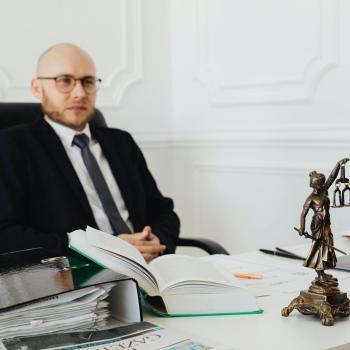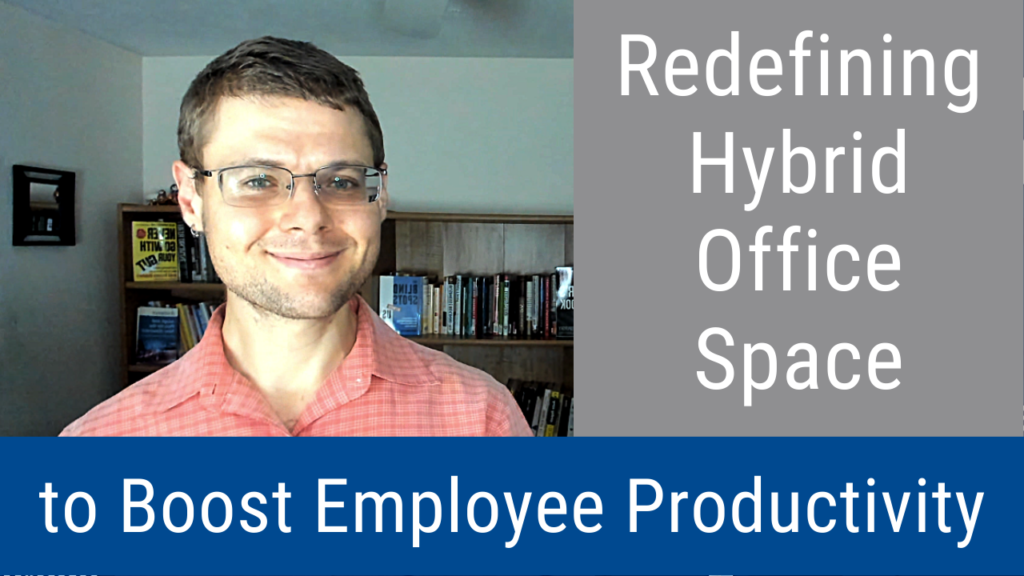
Employers must modify their hybrid office space to meet the changed needs of employees. They will do mostly collaborative work in the office while doing their individual tasks at home. That’s the key take-away message of this episode of the Wise Decision Maker Show, which describes how to redefine hybrid office space to boost employee productivity.
Video: “Redefining Hybrid Office Space to Boost Employee Productivity”
Podcast: “Redefining Hybrid Office Space to Boost Employee Productivity”
Links Mentioned in Videocast and Podcast
- Here is the article: Redefining Hybrid Office Space to Boost Employee Productivity
- The book Returning to the Office and Leading Hybrid and Remote Teams: A Manual on Benchmarking to Best Practices for Competitive Advantage is available here.
- You are welcome to register for the free Wise Decision Maker Course
Transcript
Hello, everyone, and welcome to another episode of the wise decision maker show where we help you make the wisest and most profitable decisions. Recently, we’ve been doing a series on returning to the office. So that’s what we’ll be talking about today. Specifically, how do you redefine office space in the office to make sure that your employee productivity is boosted and as high as possible. So that’s what we’ll be thinking about how to redefine office space, make it effective and efficient for the return to the office. And then new post pandemic work arrangements that will be all facing this new world, this new experience, this new reality? Well, what we want to understand is that employees and employers are both embracing hybrid work as the future of the office. It won’t be the old Monday through Friday, nine to five, we will never go back to January 2020. However much you might wish to, we’ve been permanently disrupted by the pandemic, and the future of the office space is going to be hybrid. That means that you really want to be focusing on creating a hybrid office space for your employees. And that comes from clear employee desires, we have many major surveys, eight major surveys from venues like the Harvard Business School, the Society for human resource management, and others show that over a quarter quarter to a third of all employees want full time remote works, they won’t be they don’t want to be in the office at all, they want their home office and rest, the large majority of the rest over two thirds of all employees want hybrid schedules of one to three days in the office, then only a small fraction, maybe 10 to 15% prefer full time in office work. So the office will see much less usage in the future, especially because large companies are already betting on the future now of being hybrid and saying that they’ll have their employees will be doing hybrid, most of their employees will be doing something like one to two to no more than three days in the office. So the workspace, and they’ll have a number of employees who are fully remote. So the workspace of the future will mostly be at home for those employees who are not the essential employees who have to be in the workplace. Workspaces will mostly be at home to accommodate the needs of hybrid teams and fully remote workers. And that will help maximize productivity because when you look at productivity, people tend to be much, much more productive at home, you have an average increase in productivity for 10 to 14%. For people who work from home rather than from the office, which makes sense, you don’t have to spend time on the commute and security and other hassles of going to the office. And then there are individual tasks that’s even higher than 10 to 14%. Because of collaborative tasks. Some, especially the more intense collaborative tasks are better done in the office, and your individual tasks are way better done at home. So you definitely want to focus on individual tasks at home. Most big companies are looking at this data on their own, they are embracing the hybrid model. Now, the realities of the hybrid workspace means that you’ll have to shift your office space, you’ll have to make a one-time investment, significant financial investment in changing your office space. So it will transform from individual workspace to shared space. But does that mean up until the pandemic in January 2020. And beforehand, the large majority of office space was for individual usage, cubicles, offices, and so on. And we saw that about 20% was for shared usage like video conference rooms, meeting spaces, lounges, and so on. The smaller rooms and 80% was for individual usage that will have to seriously shift in the future. Because the people who come to the office, the overwhelming majority of the time, they’ll be working on collaborative tasks, the individual tasks, their individual tasks are much better than at home. Maybe they’ll be coming in for a day a week and spending a few hours meeting with a team. And maybe spending another hour or two meeting with some collaborators specifically. And then going home. That’s what the workspace of the future will look like. And that means shared spaces they will not be doing their individual have, maybe they’ll pop in to check their email or something like that. So you want to revise the vast majority of your office space to be shared collaborative spaces. That means conference rooms with great video conferencing equipment because lots of people will be doing remote work for part time all the time depending on how you have it structured, and they’ll need to come in and they’ll be part of the meetings. Lots and lots of meetings will be hybrid. Not some Just everyone in person. And then you want some informal working spaces, some lounges, that’s going to be good for collaborative work. And then you want some smaller meeting rooms, so larger meeting rooms, then you want some training spaces, of course, like that. And of course, you do want to maintain some office space for leaders who need to have private conversations. But the reality is that that will be relatively little of the office space. So you want 1/3 of your office space may be individual, two thirds collaborative, and individual office space will include some shared desks, so floating desks, whatever you want to call it, maybe the each team assigned to a couple of computers for when they need to pop in so that they have their software, whatever they need for their team. And then the rest of the computers can be for whoever wants to use them for any period of time. The benefit of that for companies is that you’ll have much lower expenses. Why is that? Well, because you will need much less office space, because you’ll have much less occupancy. Now maybe something like 20% of your office space needs to be fixed. The basic office space that’s needed for those C suite and leadership offices, with private doors, those financing, things that you want to take care of. And of course, some companies will be manufacturing companies will need facilities, maybe some r&d work, we’ll need to have those that separate space, so maybe in 2010 to 30% of your previous space will need to still be there. The rest of the 80% is based on occupancy. And if you have people coming in only an average of let’s say, one day a week, then you’ll only have 20% of the occupancy that you had before the pandemic. So you can get rid of Laurier most of your office space, you can get rid of 60% of your office space. So you’ll save a lot on real estate. And that’ll be a savings of per year, it’s not going to be a one time savings at all, but one time investment into remaking and revising your office space to be much more shared. But you’ll have savings for going for it. So that’s great. And then you have seven services and products, whether it’s security, janitorial services, large commercial printers, all of that stuff. So there’ll be a lot of savings. And so you want to think about how you will cut that office space and how you will reduce it by anticipating what the actual space needs will be. conduct surveys to identify employees preferred in office states that you know, when they’ll be coming in and have team members, everyone come in on the same day to come coordinate come in the same day, if they’re doing one day come in the same two days after during two days, so that all the team members are there at once, and then have different teams come in mostly in different days, so that you don’t have everyone coming in or no other Tuesday, and then have more of a new require a lot of office space. So coordinate so the folks come in on different days, and you have approximately equal reasonably equal distribution throughout the week. And then you will be able to decide, okay, how much of a space do I need? When you assess that regular usage, as well as I need some irregular usage. So things like cross functional teams if they need to meet. So think about those cross functional teams, what’s happening in your organization, how often they need to meet what they do training, you’re going to be holding training sessions, and some of them will be in person. So you’ll want to be thinking about Okay, training, large training, small training, how much do they need, then mass events, so keynotes, whatever large scope, we have those quarterly retreats for your teams, those are the kinds of things I’m talking about. And one of the things you wanted to consider is doing a co-working space for overflow needs. So you have some established contract with a coworking venue for overflow needs or for some of your workers who want to go to the CO working space and work there. Then you want to be thinking about the office in a broad sense, your office is now going to be in your employees offices. So you want to make sure that they are as productive and comfortable as they can be in their home offices. And so you are responsible for their home offices, they’ll be doing the large majority of their individual tasks in their home offices and some collaborative tasks and their home offices. They’ll be spending the large majority of their time working for your company in the home office. So that becomes part of your responsibility. You want to make sure that they’re as productive and comfortable as possible. So you want to allocate funding for hotspot plans in the various good quality internet for membership fees for co-working space, so that can be part of the contract. You want nice, ergonomic furniture, you want good technology. Remember, they are not bothered if they have bad video cameras and Bad microphones and bad lighting. It’s the team members that are bothered by their supervisors. You don’t want that to happen. So annual funding to the 3000 works pretty well depending on the cost of living in their area. And so then you also want to think about working parents working parents, research shows require more funding for childcare needs. So another 500 yearly for them would be very helpful. You also want to be thinking about the risks involved here. Now, your risks previously were concentrated on your offices, that was your main source of, of risk for physical risk for your company. Now, that risk will be disaggregated geographically distributed. Some benefits to that, you know, he won’t have a hurricane wiping away your office and having a lot of trouble after that. But you will also have more frequent events happening especially since your employees offices aren’t disheartened. So you want to help your employees be more safe at home, have risk management and business continuity planning, and include their home offices as part of what you need to do and what you need to think about and what you need to manage in order to manage your risks most effectively. Alright, so this is how you define this future hybrid office space to make sure that your employee productivity is as good as possible. I hope you’ve enjoyed this episode of the wise decision maker show, please follow us on YouTube on iTunes. We have both a video cast for the podcast, please subscribe to those that would be very helpful. share it on social media and share words with your friends. And we’d love to hear from you about what you thought about this podcast episode. So please email me at Gleb g ellaby at disaster avoidance experts.com with your thoughts, again Gleb at disaster avoidance experts that calm with your thoughts and you can also leave them in comments and reviews. There’ll be a lot more information about redefining office space in the blog and other information that’s linked in the show notes. So check those out. I hope you’ve benefited from this episode, and I look forward to seeing you on the next episode of the wise decision maker show. Until then, until then, the wisest and most profitable decisions to you, my friends.
Transcribed by https://otter.ai
Originally Published at Disaster Avoidance Experts on August 3, 2021.
Bio: Dr. Gleb Tsipursky is an internationally-renowned thought leader in future-proofing and cognitive bias risk management. He serves as the CEO of the boutique future-proofing consultancy Disaster Avoidance Experts, which specializes in helping forward-looking leaders avoid dangerous threats and missed opportunities. A best-selling author, he wrote Never Go With Your Gut: How Pioneering Leaders Make the Best Decisions and Avoid Business Disasters (Career Press, 2019), The Blindspots Between Us: How to Overcome Unconscious Cognitive Bias and Build Better Relationships (New Harbinger, 2020), and Returning to the Office and Leading Hybrid and Remote Teams: A Manual on Benchmarking to Best Practices for Competitive Advantage (Intentional Insights, 2021). His writing was translated into Chinese, Korean, German, Russian, Polish, and other languages. He was featured in over 550 articles and 450 interviews in prominent venues. These include Fortune, USA Today, Inc. Magazine, CBS News, Business Insider, Government Executive, The Chronicle of Philanthropy, Time, Fast Company, and elsewhere. His expertise comes from over 20 years of consulting, coaching, and speaking and training for mid-size and large organizations ranging from Aflac to Xerox. It also comes from over 15 years in academia as a behavioral scientist, including 7 as a professor at Ohio State University. You can contact him at Gleb[at]DisasterAvoidanceExperts[dot]com, LinkedIn, Twitter @gleb_tsipursky, Instagram @dr_gleb_tsipursky, Medium @dr_gleb_tsipursky, and gain free access to his “Assessment on Dangerous Judgment Errors in the Workplace” and his “Wise Decision Maker Course” with 8 video-based modules.


